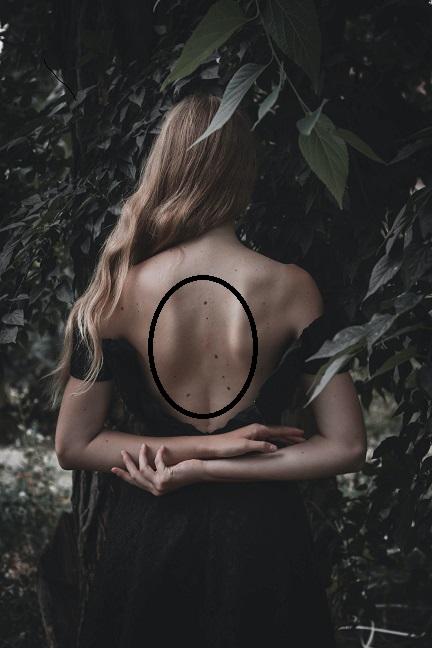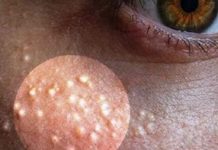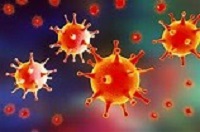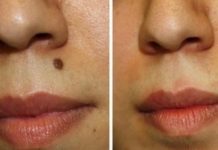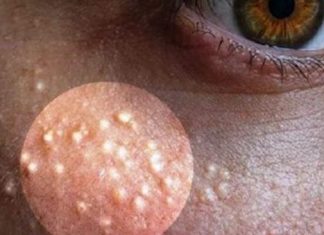What are Moles?
Moles also technically called naevus or nevi in Latin which means birthmark are skin growth that appears on the skin. It is seen as an identity mark in all major documents of the government. These moles can appear in any part of your body in different shapes, sizes and colours.
Generally, they appear in flesh colour or brown, black, grey, pink or even bluish colour. They are seen in clusters, raised bumps or flaps of dry skin. They can be flat or raised, crusted or notched, ragged or blurred. Some of the moles appear from birth whereas some appear in later stages of life.
Every human being may have a mole in some part of the body. Often it is harmless, but at times there are cases that it may turn cancerous too. If moles appear in visible places in large numbers it may tamper the looks of a person. Perfection Cosmetic in Manchester helps you get rid of this mole with ease.
How Many types of Moles can be found?
Commonly we find four types of moles. They are congenital moles, spitz nevi, dysplastic nevi and acquired nevi.
Congenital Mole:

A congenital mole or naevus is a kind of speedy growth of a mole that will be present at birth or develop shortly after birth. It is also known as a brown or black birthmark spread on the skin.
Spitz Mole or Spitz Nevi:

Spitz moles are of two types namely Classic Spitz and Atypical Spitz. These moles appear on the face, legs and neck. It is shaped like a dome. They grow quickly. They itch all around the mole and cause it to bleed or ooze. Though the Classic Spitz mole is non-cancerous and harmless the Atypical Spitz Nevi are prone to melanoma.
Dysplastic Mole:

A Dysplastic mole is also known as an Atypical mole. They look like healthy moles but can be spotted with irregular borders which are asymmetric and seen in multiple colours. They are more likely to develop melanoma. So keeping track of such moles is a must.
Acquired Mole:
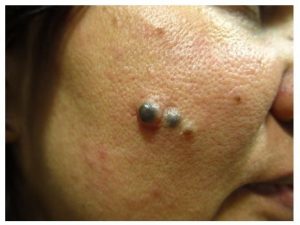
An Acquired mole is a pigmented mole that appears as a benign skin lesion. It contains melanin in it and can be present from birth or appear in later stages of life. These mostly appear on white-skinned people. The appearance of this kind of mole also depends on exposure to the sun and the immunity of a person. It also depends on genetic factors too.
Moles are also understood by their appearance. If it is stable all through life then it is said to be a benign mole. If the mole does not bleed or hurt it is called a painless mole. If the mole is rubbery textured it is called Intra-dermal nevi. You may find a compound mole slightly raised on the skin whereas flat moles are typical moles known as Junctional Nevi.
So to understand what kind of mole you have on your body, you can contact Perfection Cosmetics near Preston, where experts will help you find the kind of mole.
How are Moles formed?
Moles are formed by melanin which is pigment-forming cells. These are commonly known as birthmarks or moles. They say that genetic factors, sun damage and the immunity system of people are some factors in the formation of moles. The hormonal changes in the body also are one of the factors for mole formation.
In some cases, the moles appear large and bleed or smell bad. Such moles have to be brought under medical supervision as they may turn cancerous.
The moles with Melanocytes in them may require removal of it, as such we at Perfection Cosmetics at Bolton have experts to do the same without pain and scarring. The mole is evaluated at our clinic and advised on how to go about it.
How to prevent the formation of Moles?
All said, though we cannot prevent moles from appearing on our bodies completely, we need to try to prevent mole formation by reducing exposure to sunlight by applying proper sunscreens and wearing clothes that reduce exposure to direct sunlight.
We must have an eye on the moles and check on the signs and appearance of the mole. In case there are some changes in appearance then one should immediately contact a practitioner or Perfection Cosmetic near Liverpool for correct advice.
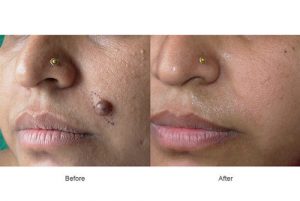
Familiarise yourself with the texture and colour of moles and if you find any change in them, then you should immediately contact a practitioner or your nearest Perfection Cosmetic Clinic near Wigan for expert advice.
With needed precautions and advice followed we can prevent moles to an extent. Removal of unwanted moles is done with the latest Laser technology at our Perfection Cosmetic Clinic near Chester and you get a scarless and spotless part of your body. Reach out to us at Perfection Cosmetic Clinic to know more.

